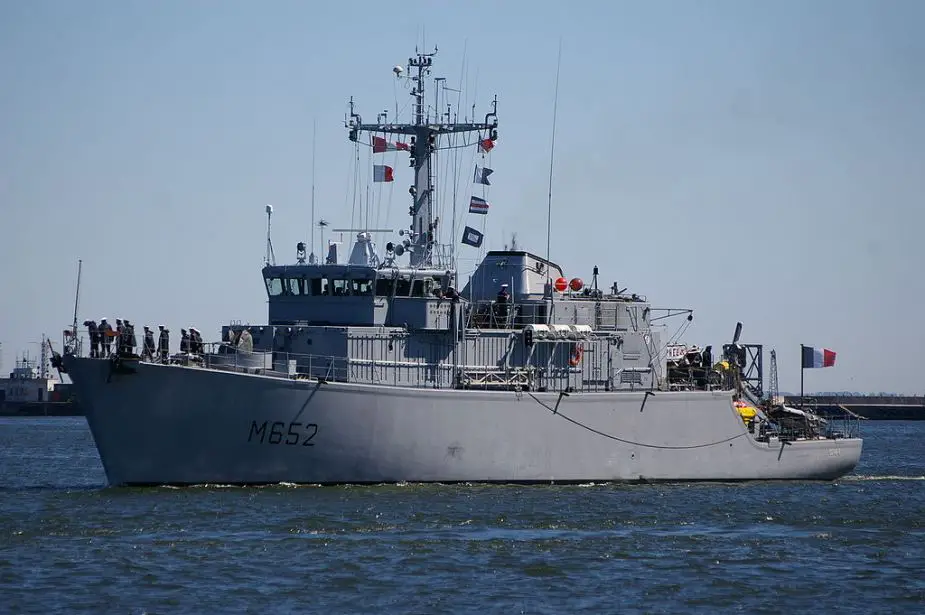According to Novinite news agency, the Council of Ministers has approved a draft contract between the Government of the Republic of Bulgaria and the Government of the Kingdom of the Netherlands for the purchase of two minehunters for the amount of EUR 1 996 000 excluding VAT, the government press service announced.
According to Novinite news agency, the Council of Ministers has approved a draft contract between the Government of the Republic of Bulgaria and the Government of the Kingdom of the Netherlands for the purchase of two minehunters for the amount of EUR 1 996 000 excluding VAT, the government press service announced.
 (Picture source: Łukasz Golowanow & Maciek Hypś, Konflikty.pl )
(Picture source: Łukasz Golowanow & Maciek Hypś, Konflikty.pl )
The acquisition of the minehunters will contribute to enhancing the capabilities of the Bulgarian Navy to fulfill fully the obligations to conduct mine operations to ensure the safety of navigation in our maritime space in peacetime, as well as to successfully fulfill the wartime tasks in national and Allied format in NATO and the EU.
According to the Law on International Treaties of the Republic of Bulgaria, with the approval of the draft contract for the purchase of the two ships, the government authorizes the Minister of Defense to negotiate and sign the contract, subject to subsequent ratification by the National Assembly of the Republic of Bulgaria.
The peculiarity of the Tripartite-class minehunter is to have three gas turbines arranged well above the waterline. Although adding weight in the upper part of the ship, this configuration ensures better acoustic discretion during the mine hunting phase. They are equipped with autonomous submarine robots named in the French and Belgian marine "PAP" for "Auto Propelled Fish".
Their fixed self-defense armament is light with only machine guns, and on French ships, a 20 mm gun, but it is possible to add equipment occasionally such as the Milan missile firing station installed on the Crocus in 1988, then on mission in the Persian Gulf.







